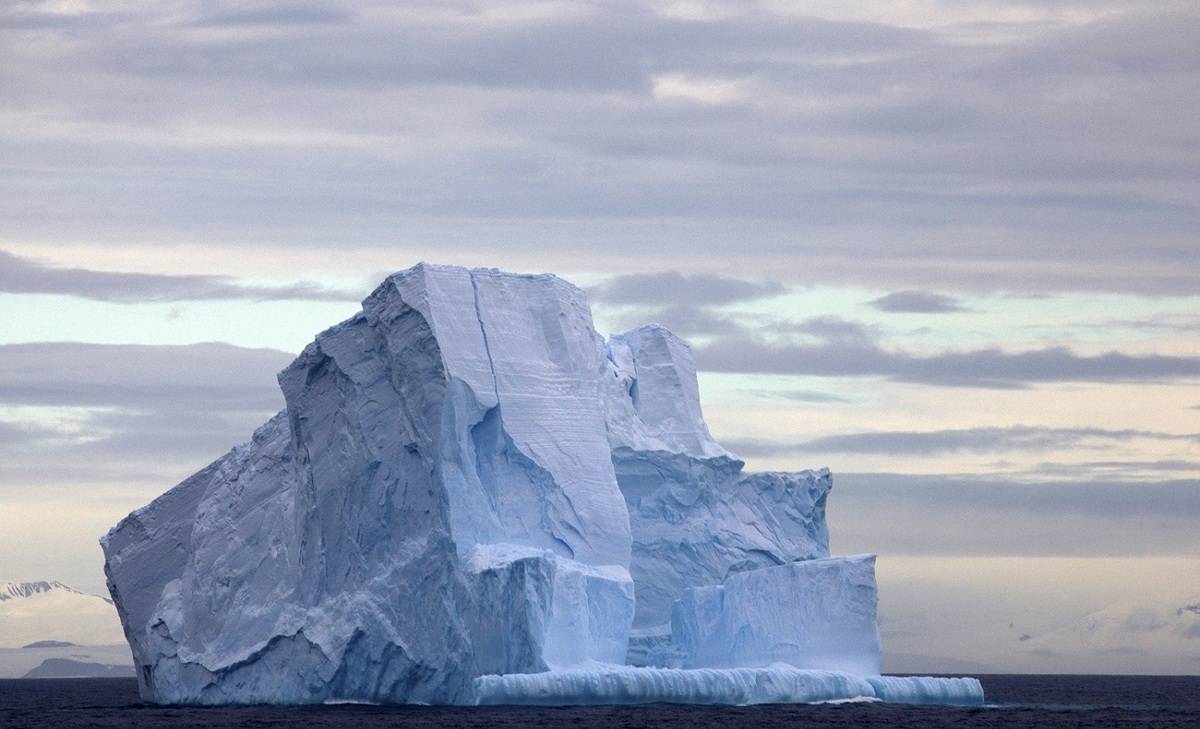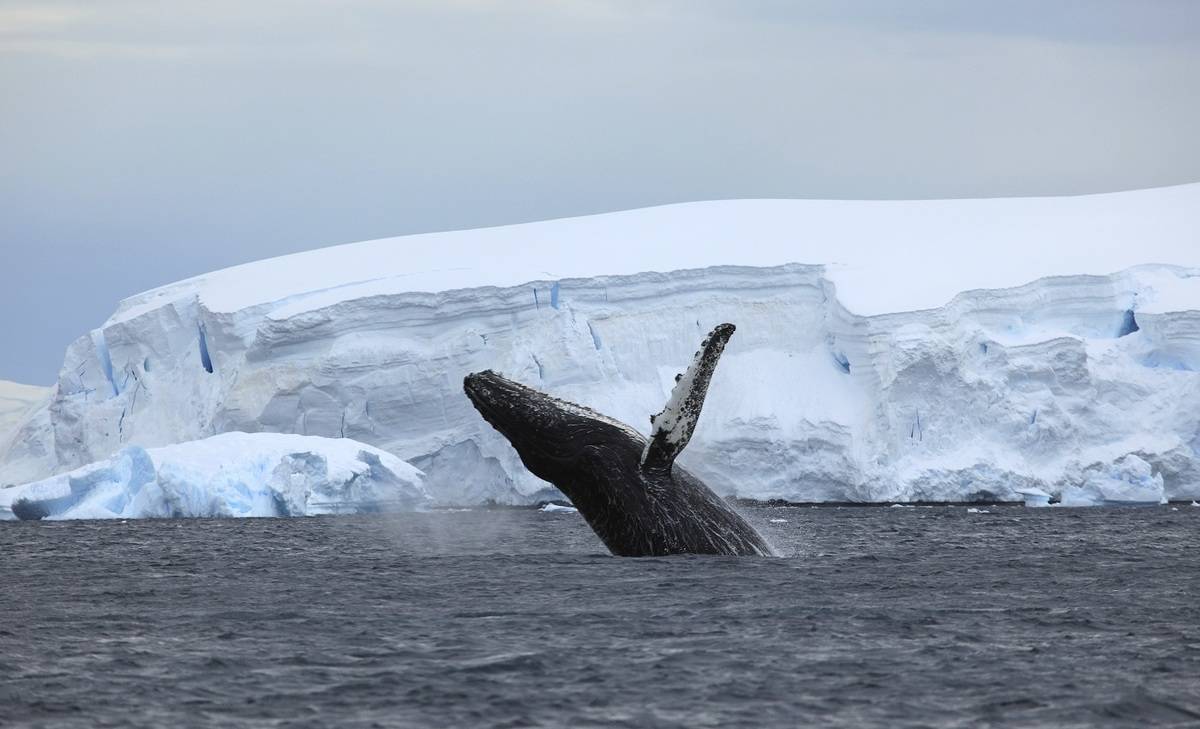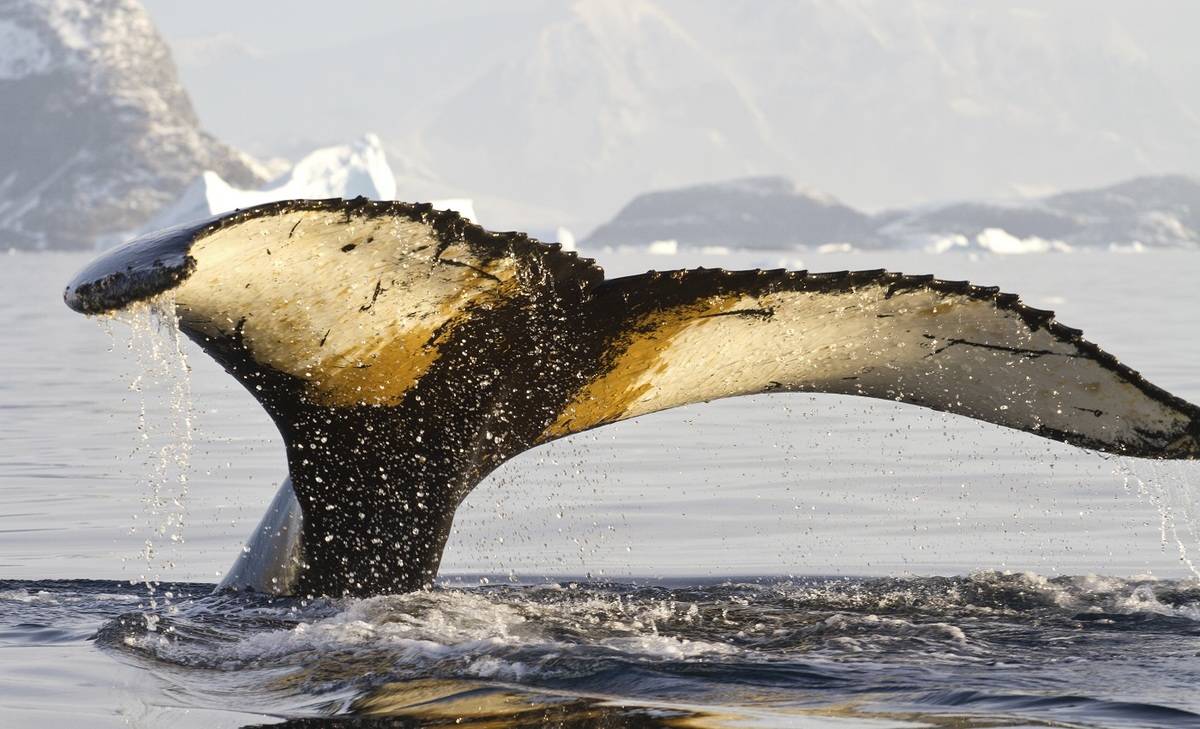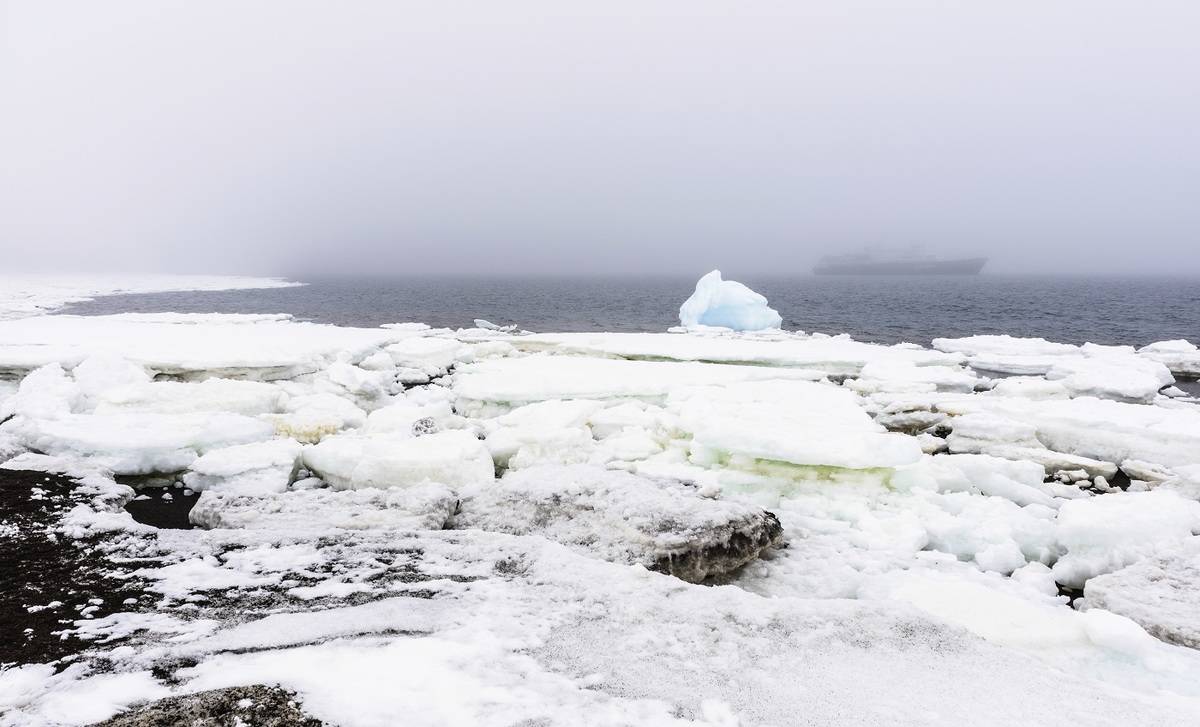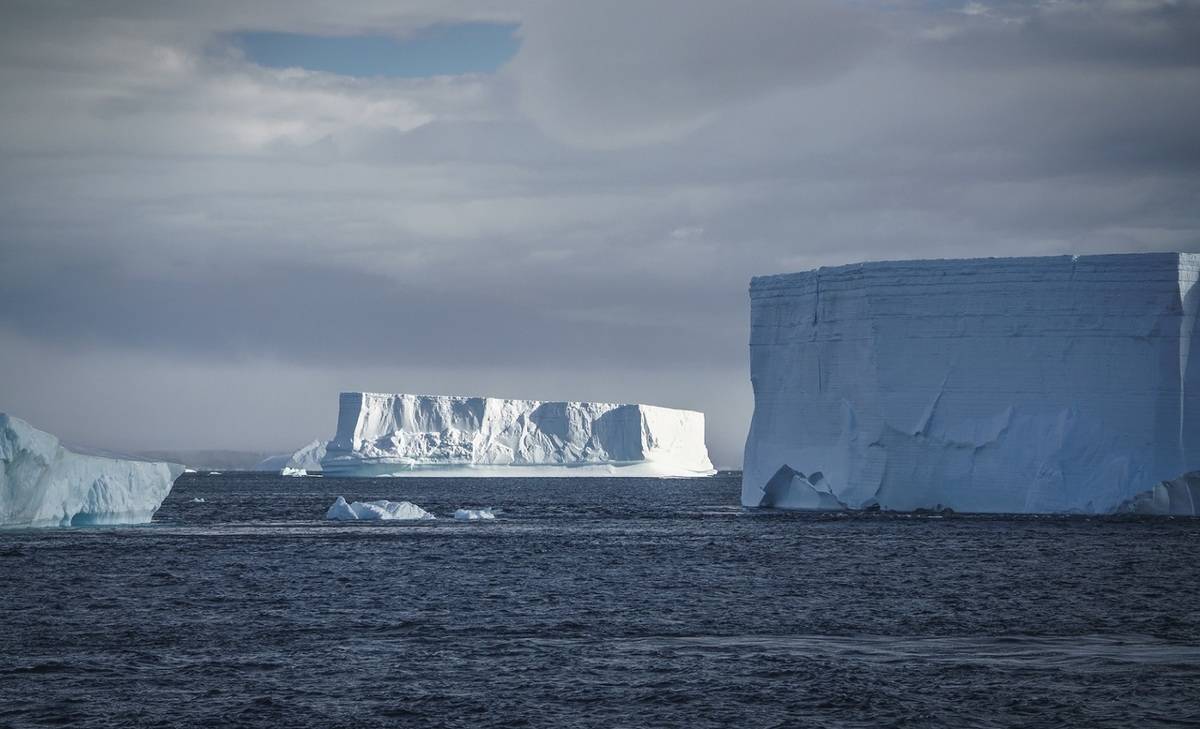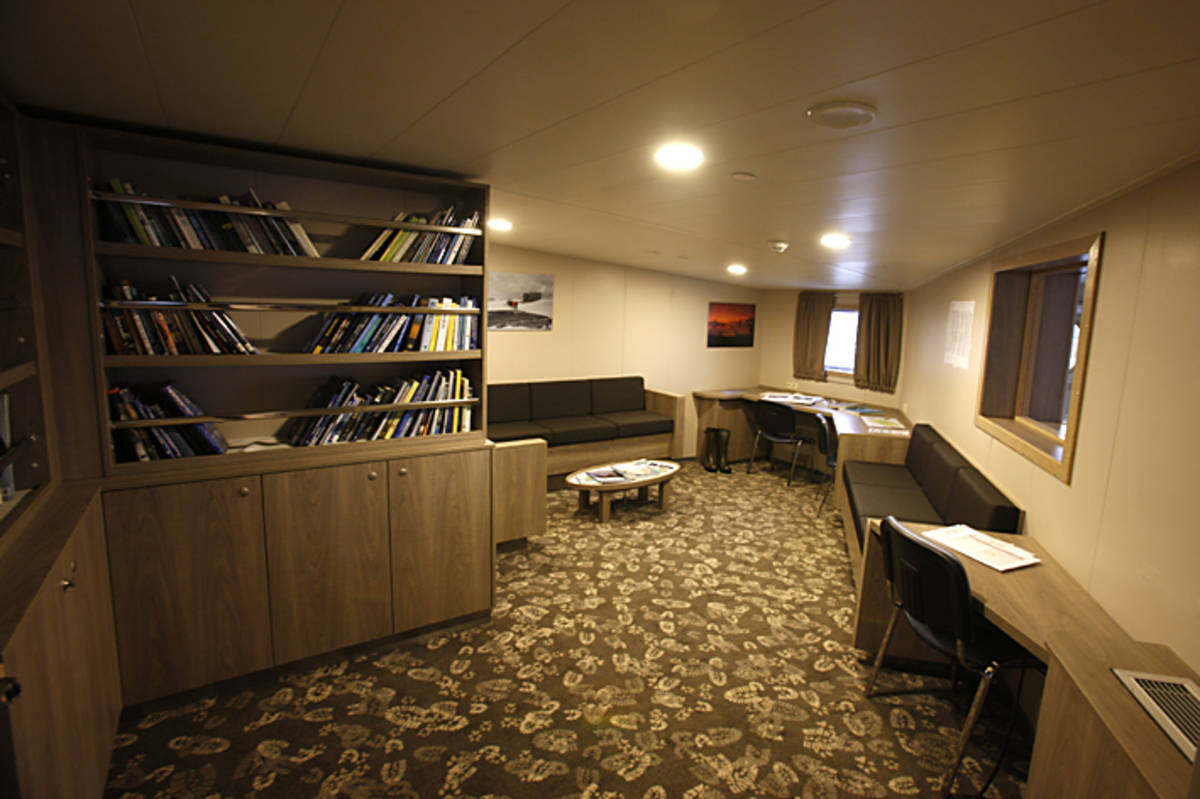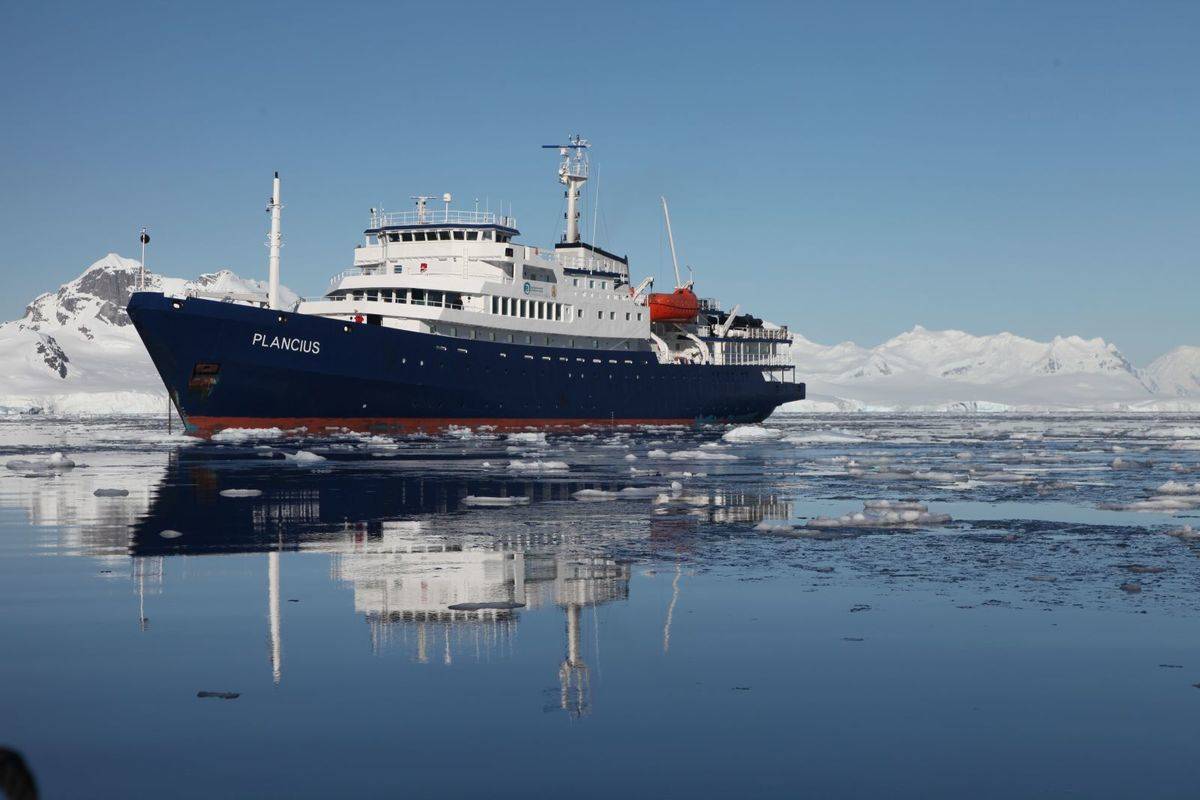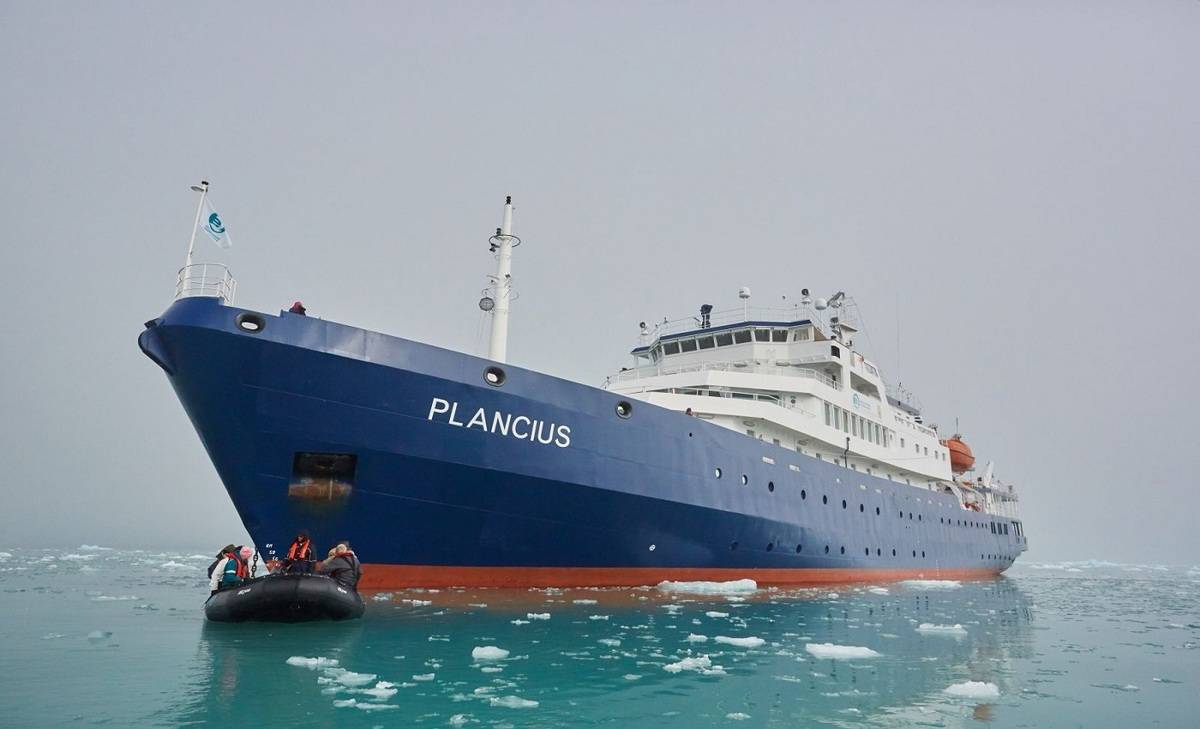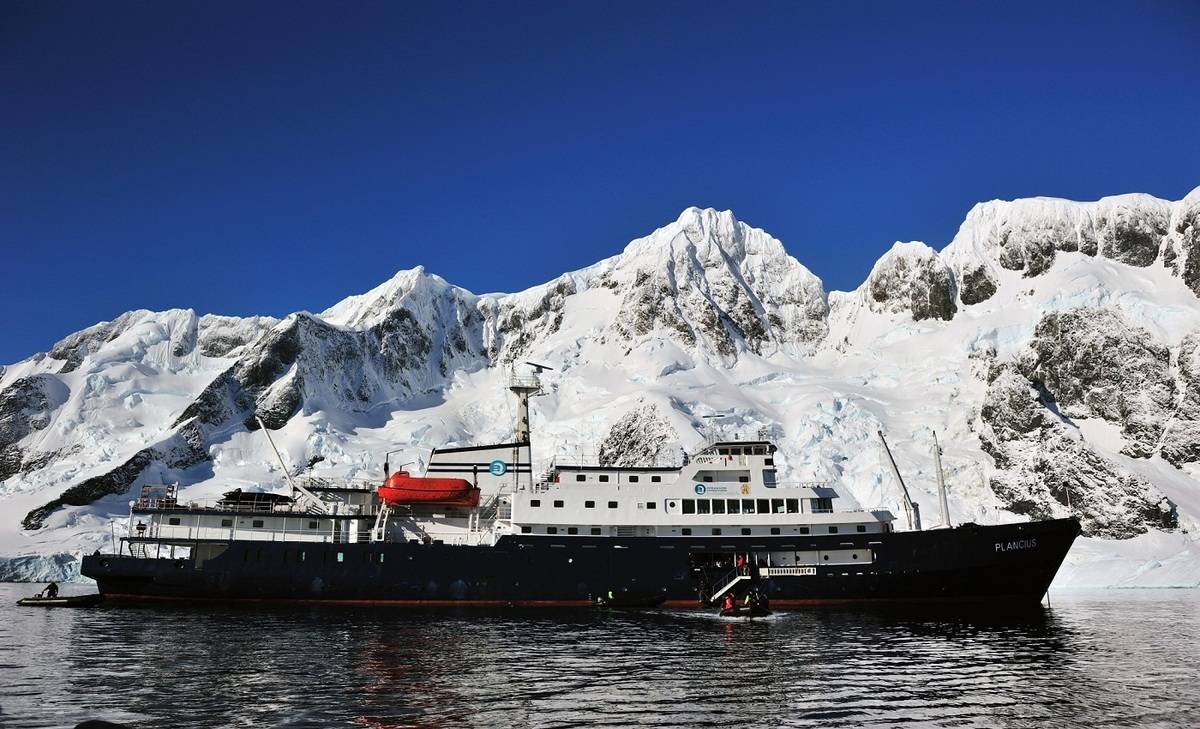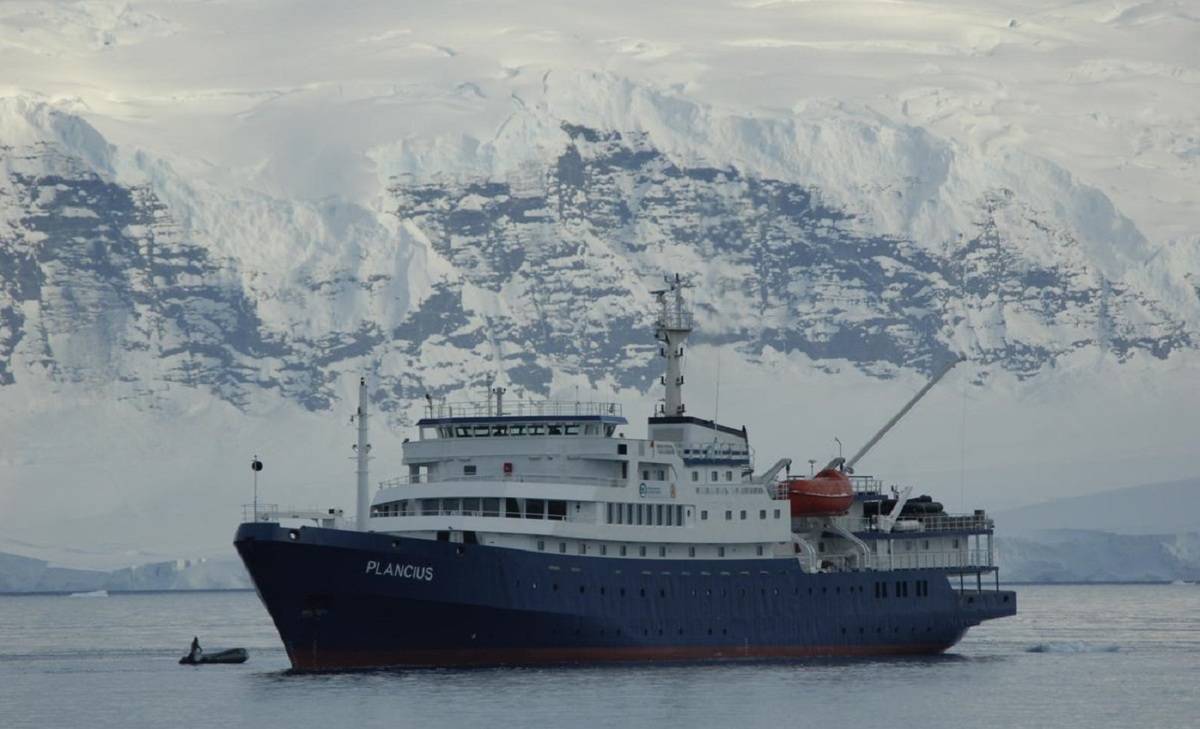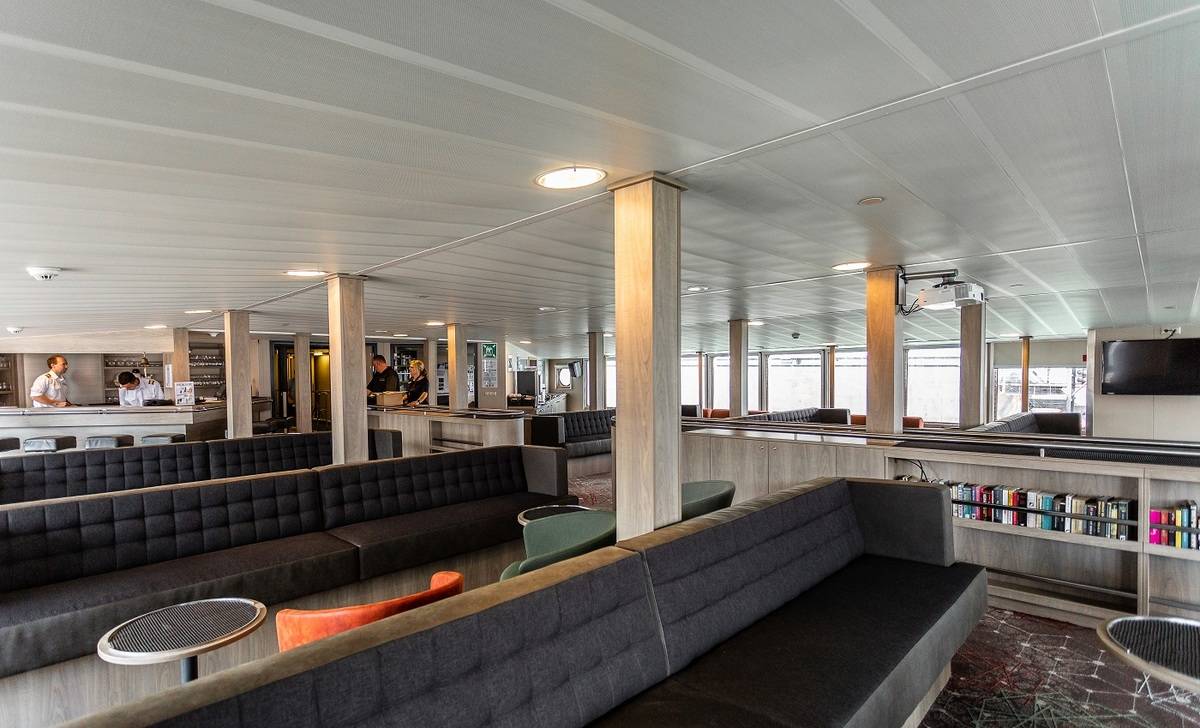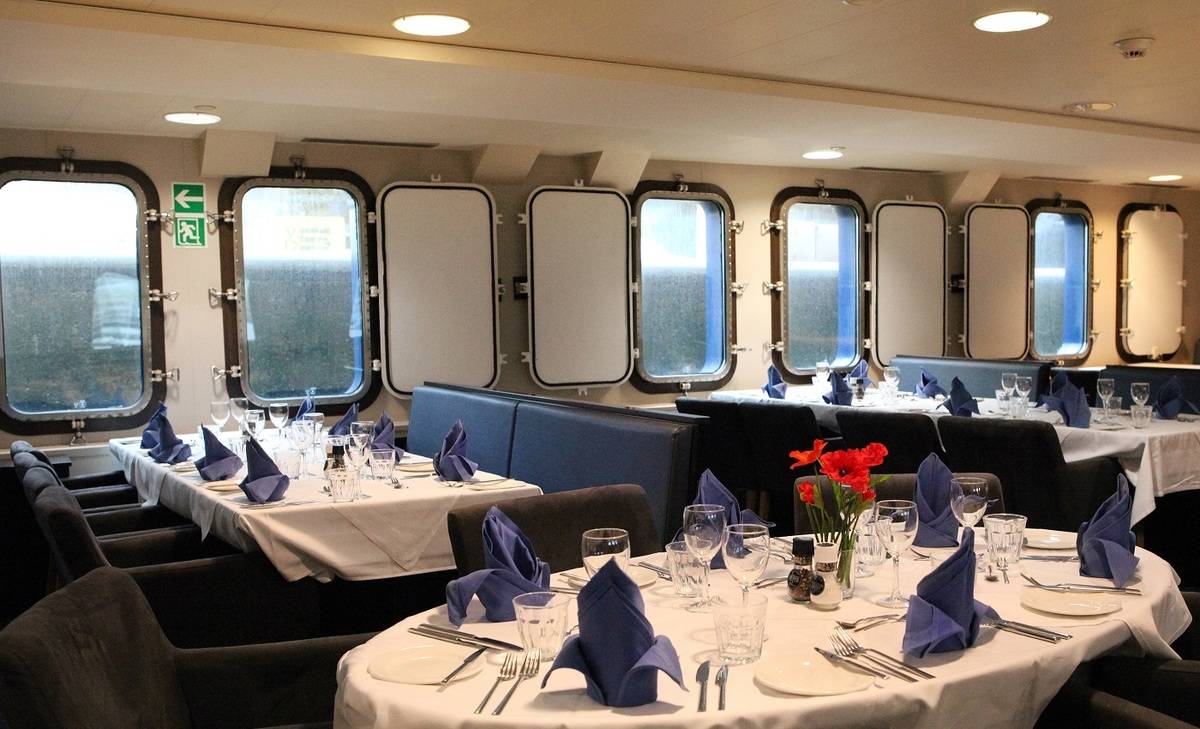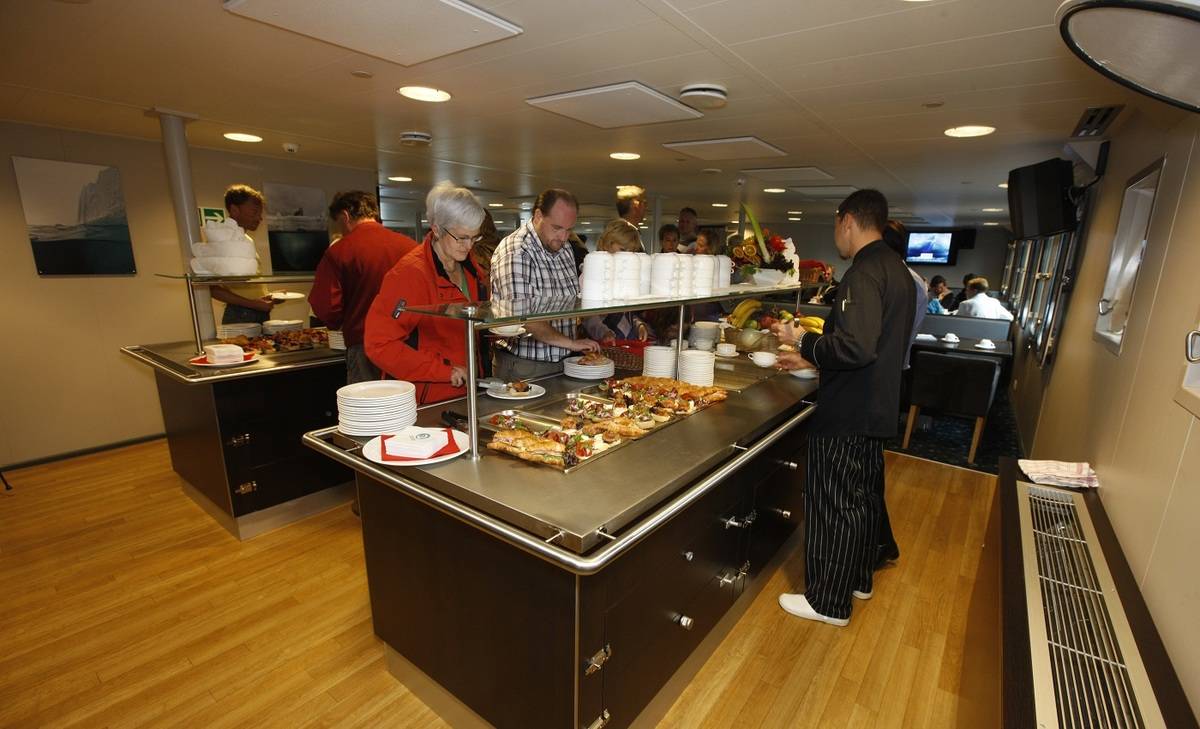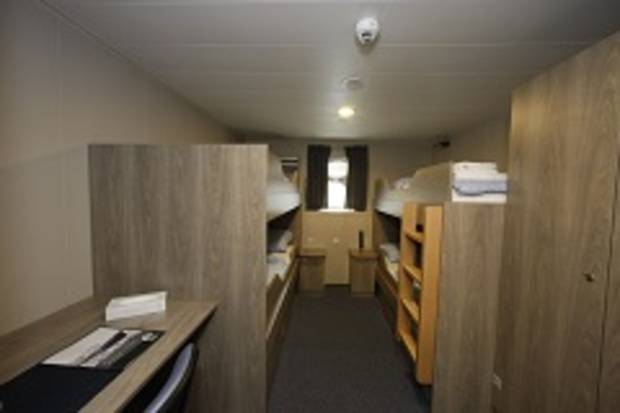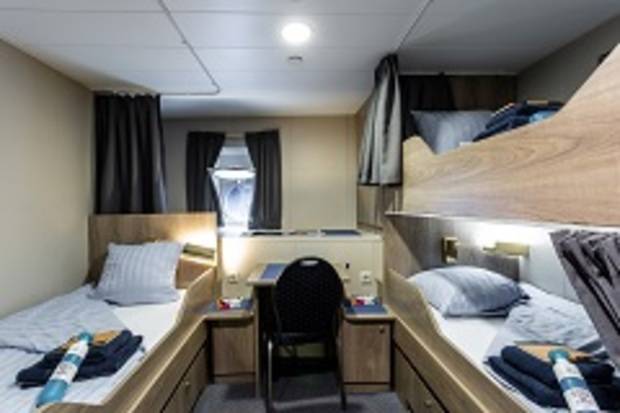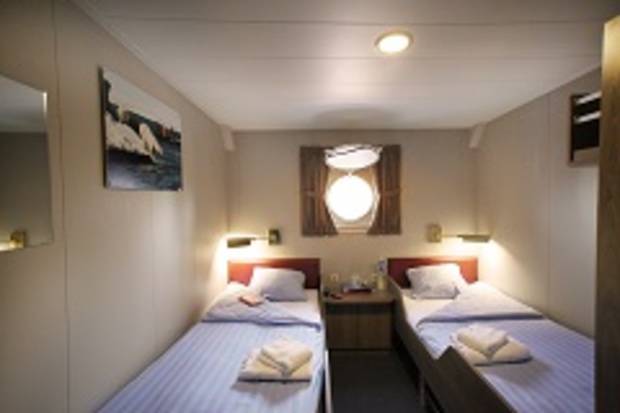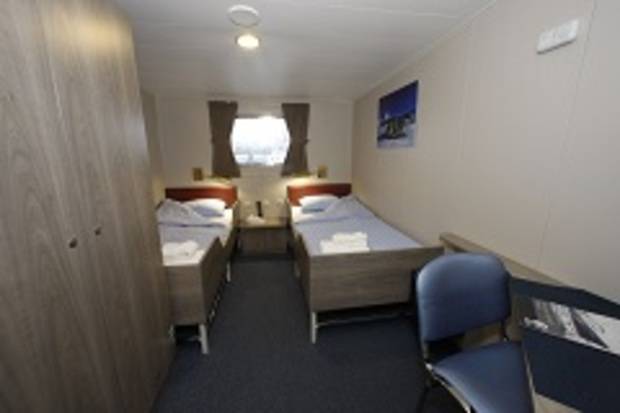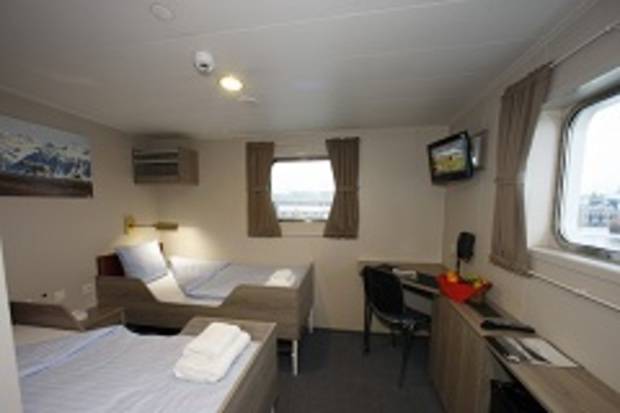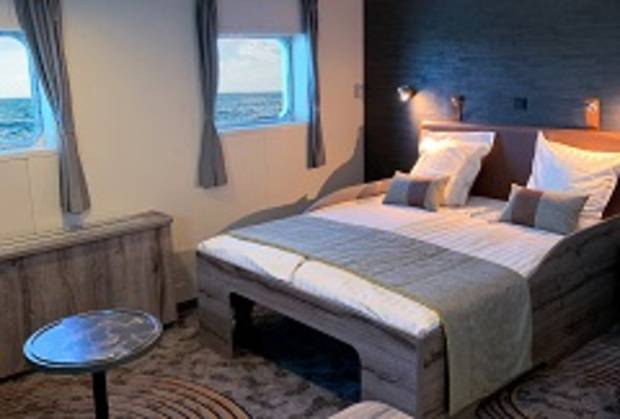Antarctica - Weddell Sea Explorer
12 Days - Plancius
The great Weddell Sea not only features massive tabular icebergs, wildly dramatic landscapes, and fascinating historical sites, but it is also one of the best places in Antarctica for viewing iconic wildlife like whales, seals, juvenile emperor penguins, and many other rarely seen seabirds.
from USD $8400pp

Home » 12 Day M/V Plancius: Antarctica – Weddell Sea Explorer
Itinerary Highlights
- Experience some of the most dramatic landscapes, and the biggest variety of wildlife in Antarctica; penguins, whales, seals!
- Sail directly into the breathtaking Weddell Sea through the ice-clogged Antarctic Sound.
- Zodiac cruise to Deception Island where you will find hot springs and an abandoned whaling station
- Discover a number of rarely visited places that can be explored by kayakers, hikers, and mountaineers
- Experience the understated pleasures of the volcanic islands of the South Shetland Islands
Itinerary in Brief
- Day 1: Embark in Ushuaia
- Day 2-3: At Sea
- Day 4: Brown Bluff, Madder Cliffs and nesting penguins
- Day 5: Antarctic Sound islands and history
- Day 6: Panorama from Devil Island
- Day 7: The marvels of James Ross Island
- Day 8: Exploring remote islands
- Day 9: Craters, hot springs, and abandoned whaling stations
- Days 10-11: At sea
- Day 12: Disembark in Ushuaia
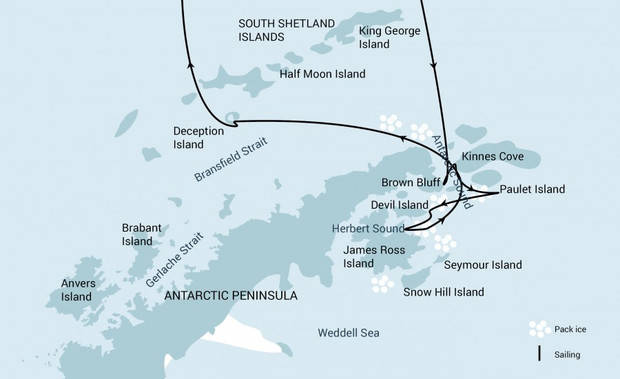
Day 1: Ushuaia
Your voyage begins where the world drops off. Ushuaia, Argentina, reputed to be the southernmost city on the planet, is located on the far southern tip of South America. Starting in the afternoon, you embark from this small resort town on Tierra del Fuego, nicknamed “The End of the World,” and sail the mountain-fringed Beagle Channel for the remainder of the evening.
Day 2-3: At Sea
Over the next two days on the Drake Passage, you enjoy some of the same experiences encountered by the great polar explorers who first charted these regions: cool salt breezes, rolling seas, maybe even a fin whale spouting up sea spray. After passing the Antarctic Convergence – Antarctica’s natural boundary, formed when north-flowing cold waters collide with warmer sub-Antarctic seas – you are in the circum-Antarctic upwelling zone. Not only does the marine life change, the avian life changes too. Wandering albatrosses, grey-headed albatrosses, black-browed albatrosses, light-mantled sooty albatrosses, cape pigeons, southern fulmars, Wilson’s storm petrels, blue petrels, and Antarctic petrels are a few of the birds you might see.
Day 4: Brown Bluff, Madder Cliffs and nesting penguins
This morning we hope to land at Brown Bluff with its impressive scenery and nesting Adelie penguins. In the afternoon, we head across the Antarctic Sound to Kinnes Cove for a landing, where you can see the nearby Madder Cliffs with their subtle red coloration as well as nearby gentoo penguins.
Day 5: Antarctic Sound Islands and History
Today we explore the southern end of the Antarctic Sound, including the islands of Jonassen, Andersson, and Rosamel, depending on conditions. In the afternoon, we head to Paulet Island, where an historic hut remains from the 1903 Swedish Antarctic Expedition of Otto Nordenskiöld. This hut enabled the team, whose ship had been crushed in sea ice, to survive until they were rescued.
Day 6: Panorama from Devil Island
The aim is to spend the day on and around Devil Island, an impressive landing site that gives us the chance to ascend the summit and take in breathtaking views of Erebus and Terror Gulf, as well as our ship anchored in the bay below.
Day 7: The marvels of James Ross Island
Today you can explore the area of Herbert Sound, named after the great explorer Sir Wally Herbert. We will focus our attention on the area of the Naze Peninsula and Comb Ridge on James Ross Island.
Day 8: Exploring remote islands
We sail as close as the ice allows to the northwest area of Erebus and Terror Gulf, where the Beak and Eagle islands await us. As with other islands in this group, they are volcanic in origin. Beak island has two freshwater lakes that are home to unique ecosystems, and Eagle Island offers spectacular scenery. It is most famous for being the hottest place in Antarctica during a heatwave that melted 20% of the island’s snow and ice in 2020.
Day 9: Craters and abandoned whaling stations
The next plan is to visit Deception Island. Actually a subducted crater, this island opens into the sea and creates a natural harbor for the ship. An abandoned whaling station, and multiple bird species – cape petrels, kelp gulls, brown and south polar skuas, and Antarctic terns – can be seen here. Wilson’s storm petrels and black-bellied storm petrels also nest in the ruins of the whaling station in Whalers Bay.
Day 10-11: Familiar seas, familiar friends
Your return voyage is far from lonely. While crossing the Drake, we are again greeted by the vast array of seabirds remembered from the passage south. But they seem a little more familiar to you now, and you to them.
Day 12: There and back again
Every adventure, no matter how great, must eventually come to an end. It’s now time to disembark in Ushuaia with memories that will accompany you wherever your next journey leads.
| Dates | Cabin | From | Special Offer |
|---|---|---|---|
| 11 Feb 2023 - 22 Feb 2023 | USD $8400pp | ||
| Quadruple Porthole Cabin | USD $8400pp | Contact us | |
| Triple Porthole Cabin | USD $10350pp | Contact us | |
| Twin Porthole Cabin | USD $10350pp | Contact us | |
| Twin Window Cabin | USD $10800pp | Contact us | |
| Twin Deluxe Cabin | USD $11450pp | Contact us | |
| Superior Cabin | USD $20995pp | Contact us | |
**Prices are per person based on twin / shared accommodation.
**Single supplements may apply
Cabin Details
Quadruple Porthole Cabin
Two upper and two lower berths, one porthole, private shower and toilet, desk and chair, flatscreen TV, telephone and WiFi (supplemented), hair-dryer and ample storage space.
Triple Porthole Cabin
One upper and two lower berths, one porthole, private shower and toilet, desk and chair, flatscreen TV, telephone and WiFi (supplemented), hair-dryer and ample storage space.
Twin Porthole Cabin
Two lower berths, one porthole, private shower and toilet, desk and chair, flatscreen TV, telephone and WiFi (supplemented), hair-dryer and ample storage space.
Twin Window Cabin
Two lower berths, one window, private shower and toilet, desk and chair, flatscreen TV, telephone and WiFi (supplemented), hair-dryer and ample storage space.
Twin Deluxe Cabin
Two lower berths, two windows, private shower and toilet, desk and chair, flatscreen TV, telephone and WiFi (supplemented), hair-dryer and ample storage space.
*corner cabins which are slightly more spacious than the normal twin porthole/window cabins
Superior Cabin
One double bed, one sofa bed, two windows, private shower and toilet, desk and chair, flatscreen TV, telephone and Wifi (supplemented), refrigerator, coffee and tea maker, hair-dryer and ample storage space.
Plancius Deckplan
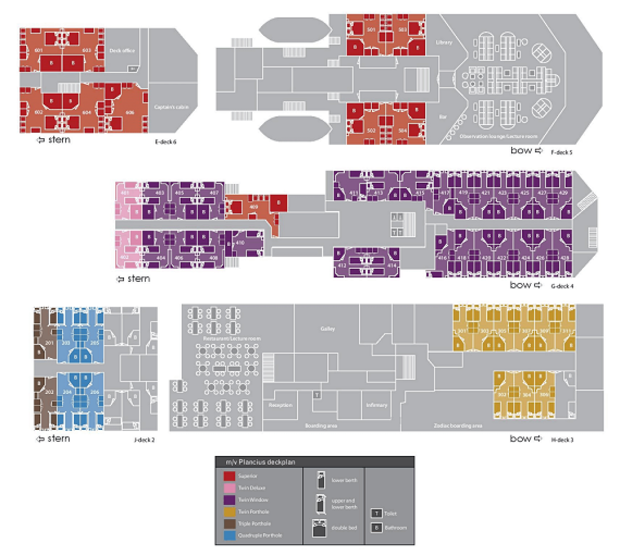
Specifications
- Passengers: 116 in 53 cabins
- Staff & crew: 47
- Length: 89 meters (293 feet)
- Breadth: 14,5 meters (47 feet)
- Draft: 5 meters (16 feet)
- Ice class: 1D (Plancius has a Lloyds class notation 100A1 Passenger ship, Ice Class 1D at a draught of 5 meters)
- Displacement: 3211 tonnes
- Propulsion: 3x Diesel-Electric
- Speed: 10.5 knots average cruising speed
Whats included?
- Voyage aboard the indicated vessel as indicated in the itinerary
- All meals throughout the voyage aboard the ship including snacks, coffee and tea.
- All shore excursions and activities throughout the voyage by Zodiac.
- Program of lectures by noted naturalists and leadership by experienced expedition staff.
- Free use of rubber boots and snowshoes.
- Pre-scheduled group transfer from the vessel to the airport in Ushuaia (directly after disembarkation).
- All miscellaneous service taxes and port charges throughout the programme.
- Comprehensive pre-departure material.
What’s not included?
- Any airfare, whether on scheduled or charter flights
- Pre- and post- land arrangements.
- Passport and visa expenses.
- Government arrival and departure taxes.
- Meals ashore.
- Baggage, cancellation and personal insurance (which is strongly recommended).
- Excess baggage charges and all items of a personal nature such as laundry, bar, beverage charges and telecommunication charges.
- The customary gratuity at the end of the voyages for stewards and other service personnel aboard (guidelines will be provided).
Notes
PLEASE NOTE: All itineraries are for guidance only. Programs may vary depending on ice, weather, and wildlife conditions. Landings are subject to site availabilities, permissions, and environmental concerns per IAATO regulations. Official sailing plans and landing slots are scheduled with IAATO prior to the start of the season, but the expedition leader determines the final plan. Flexibility is paramount for expedition cruises. The average cruising speed for our vessel is 10.5 knots.

